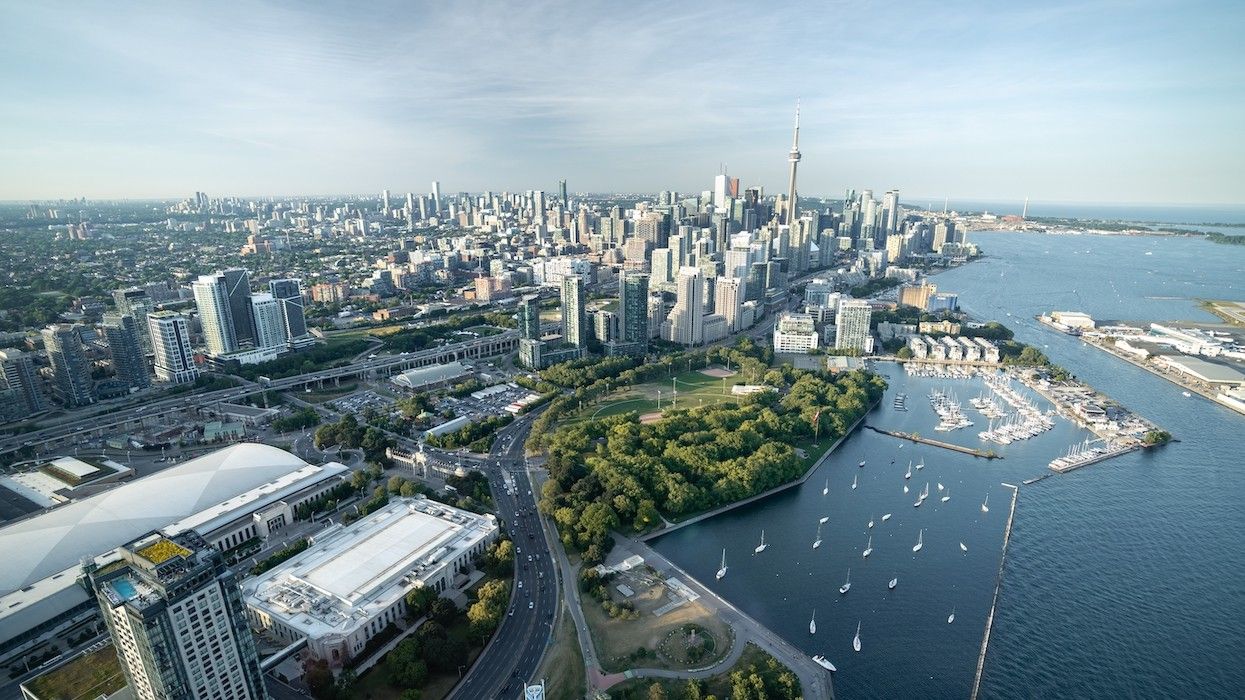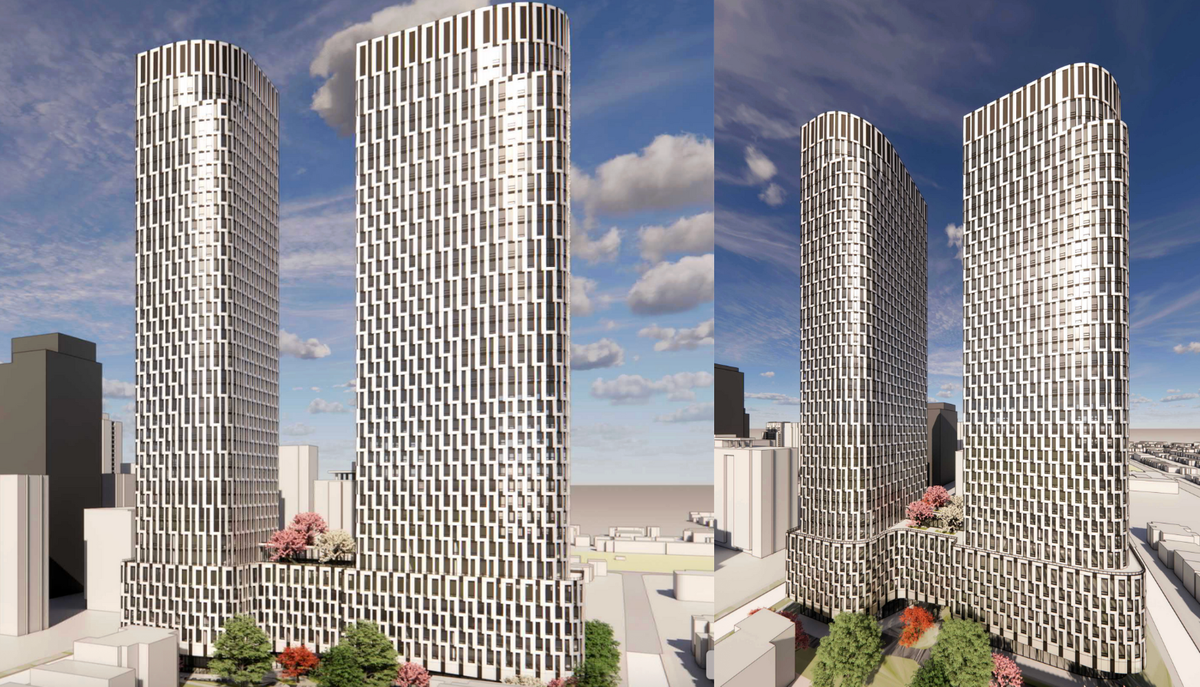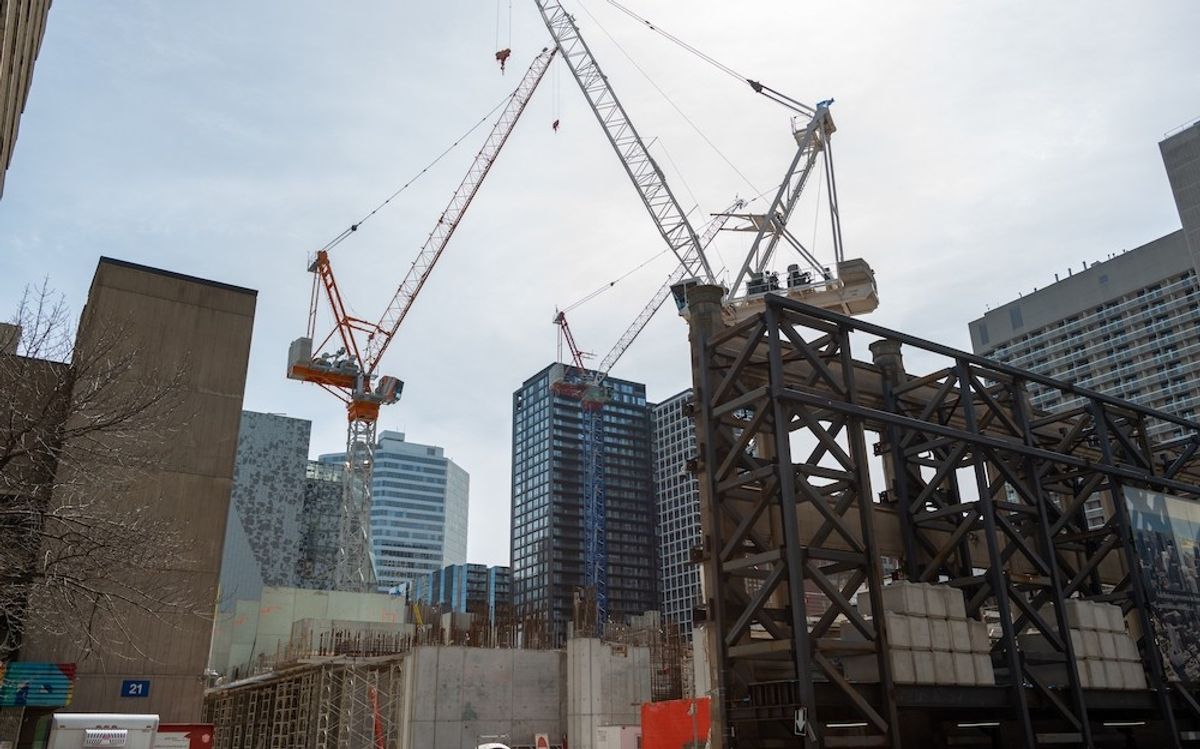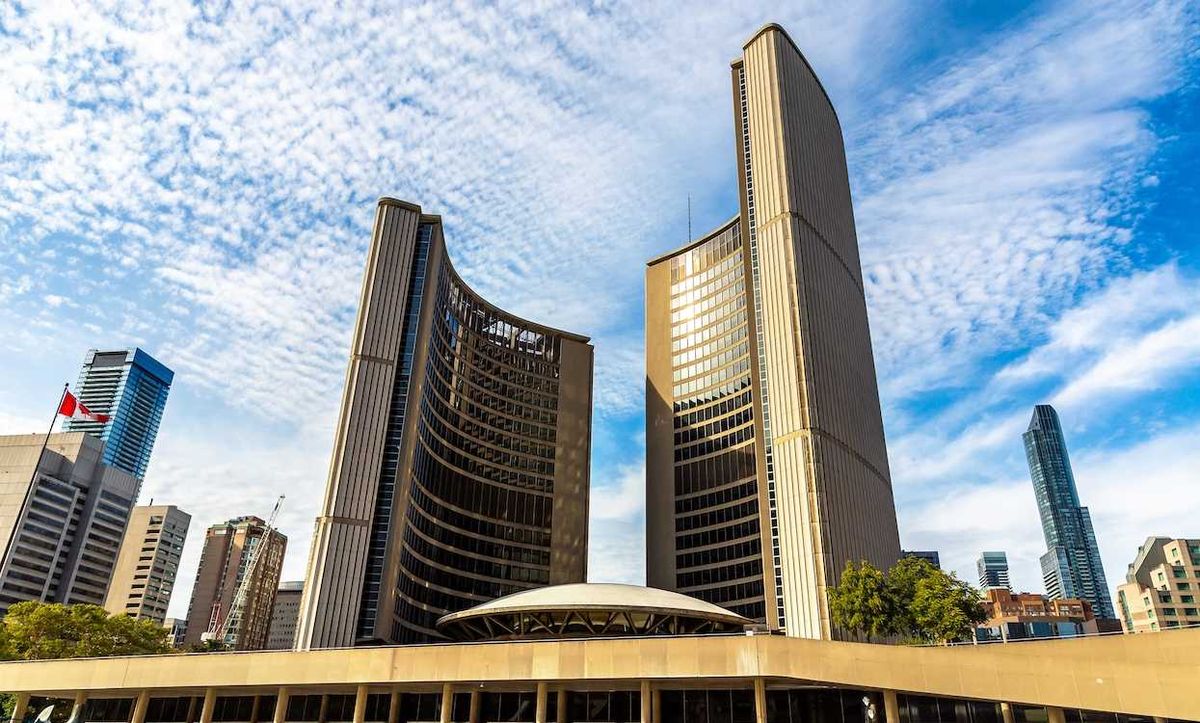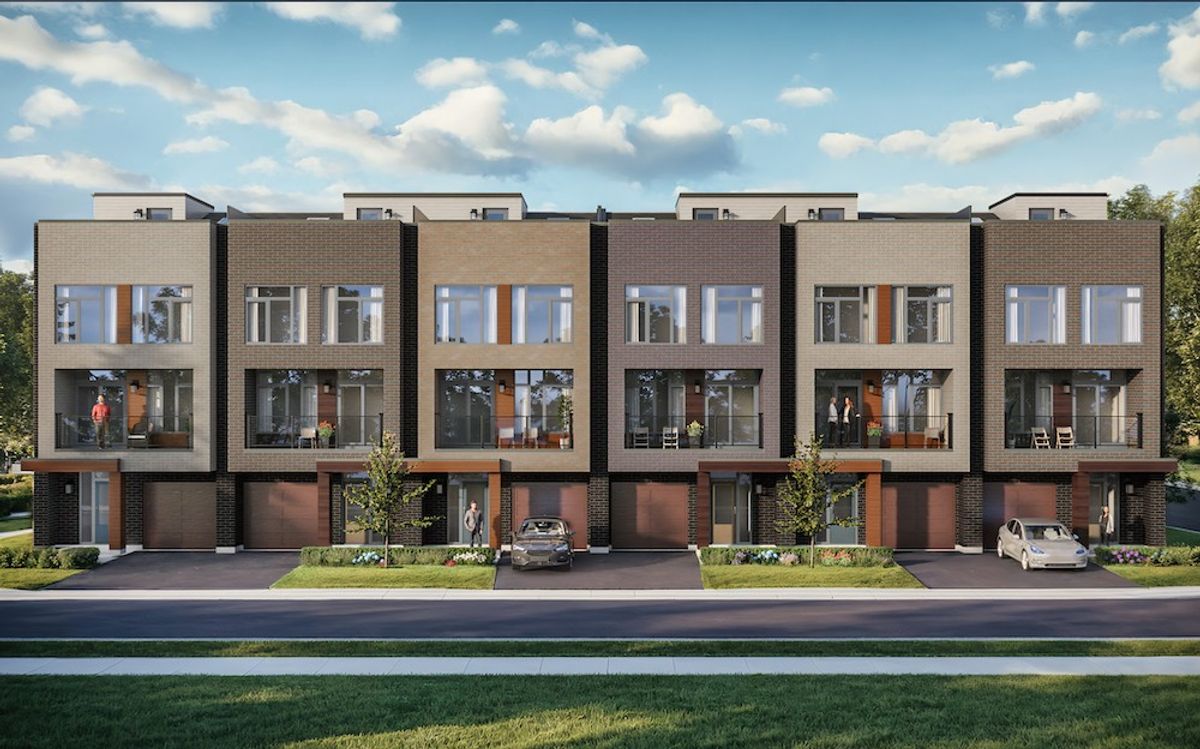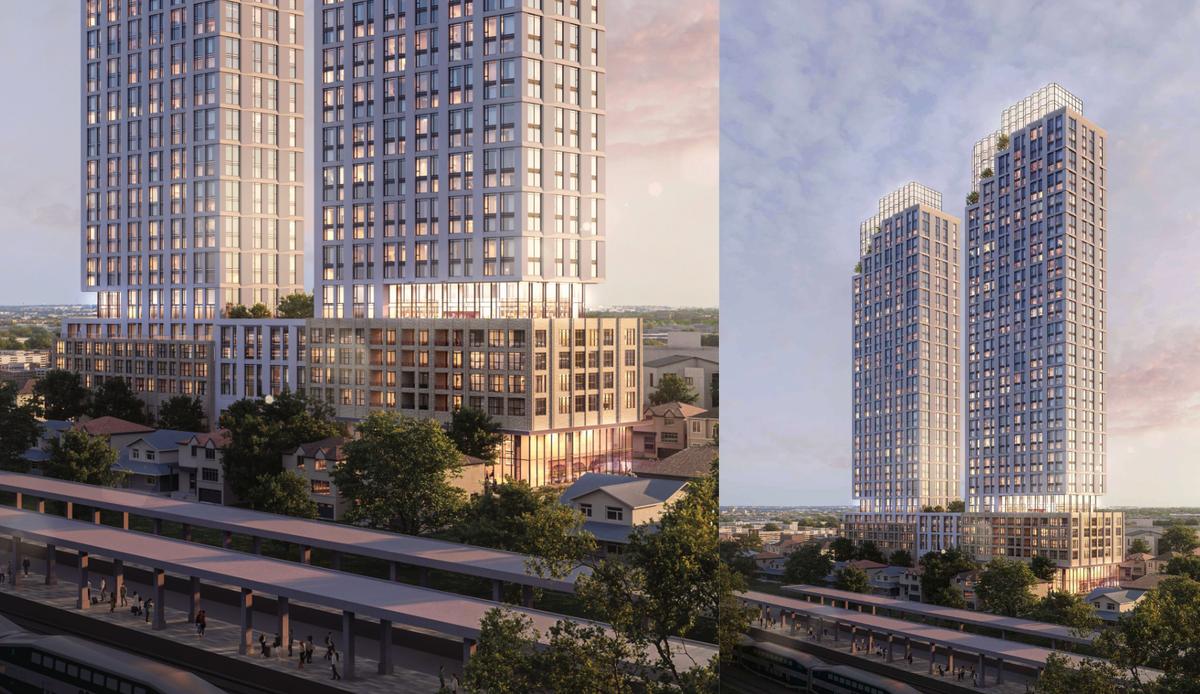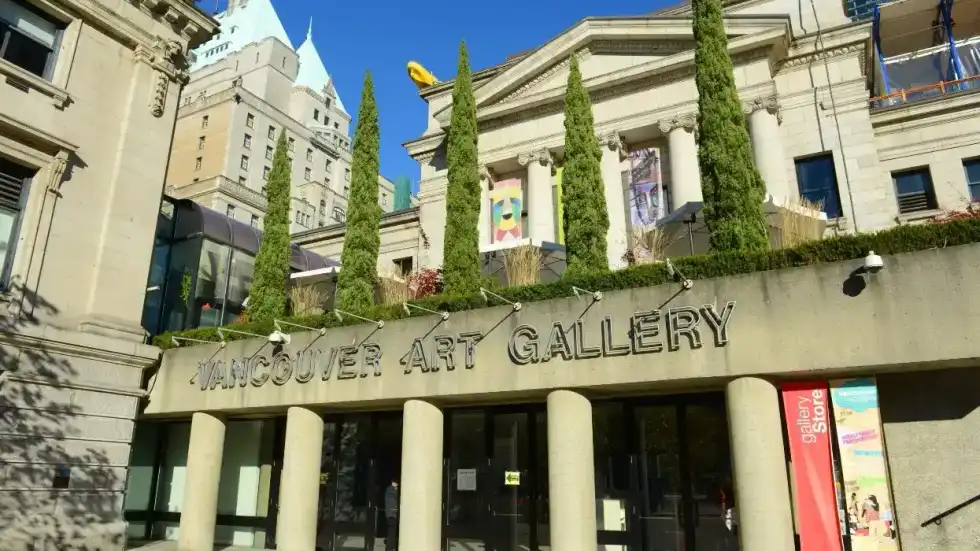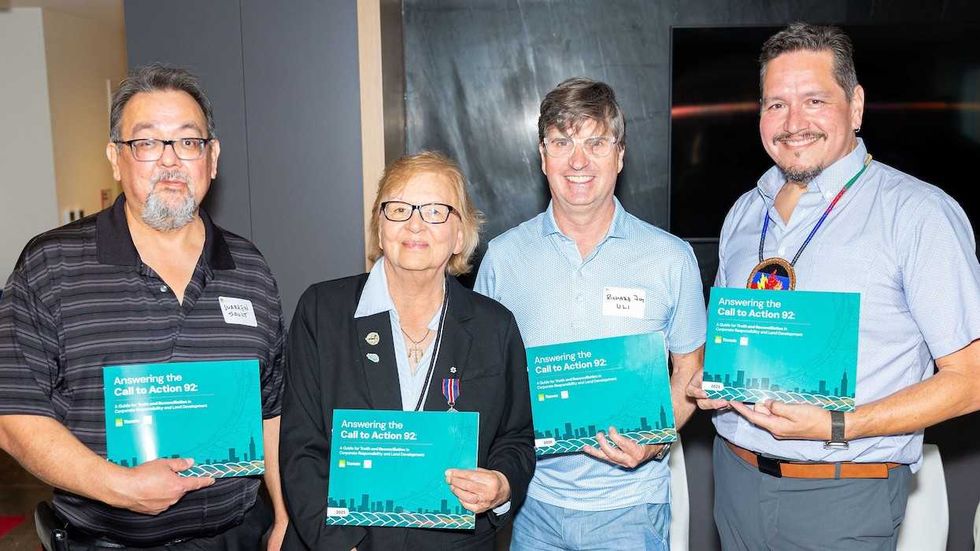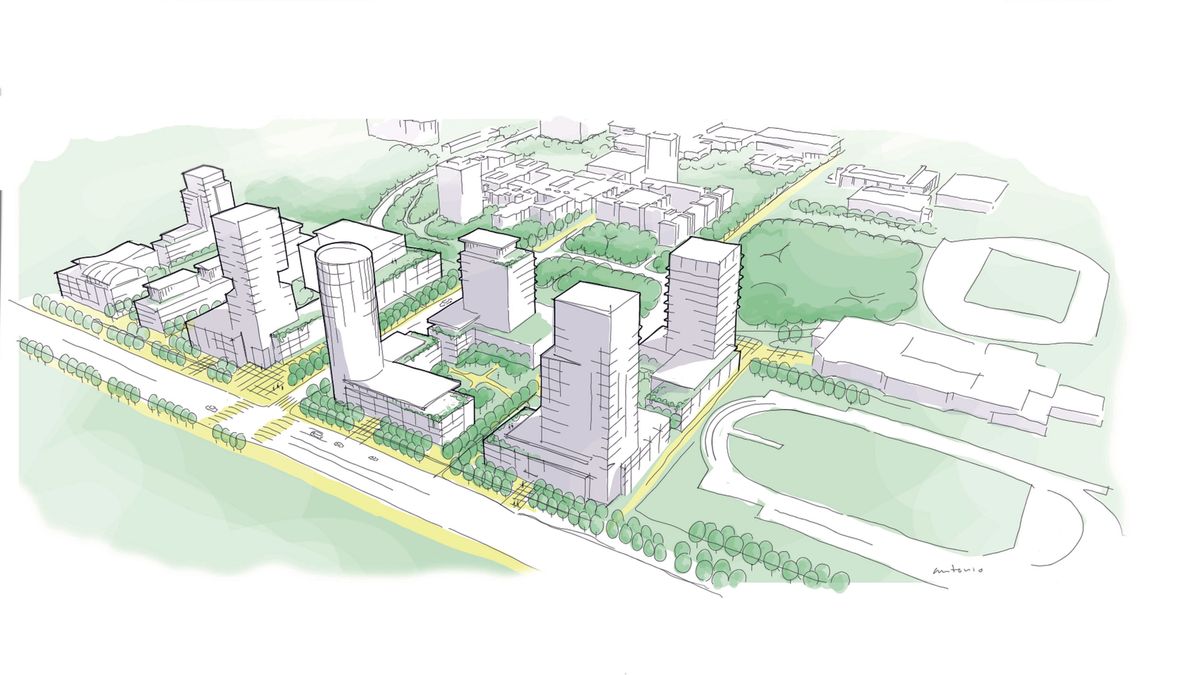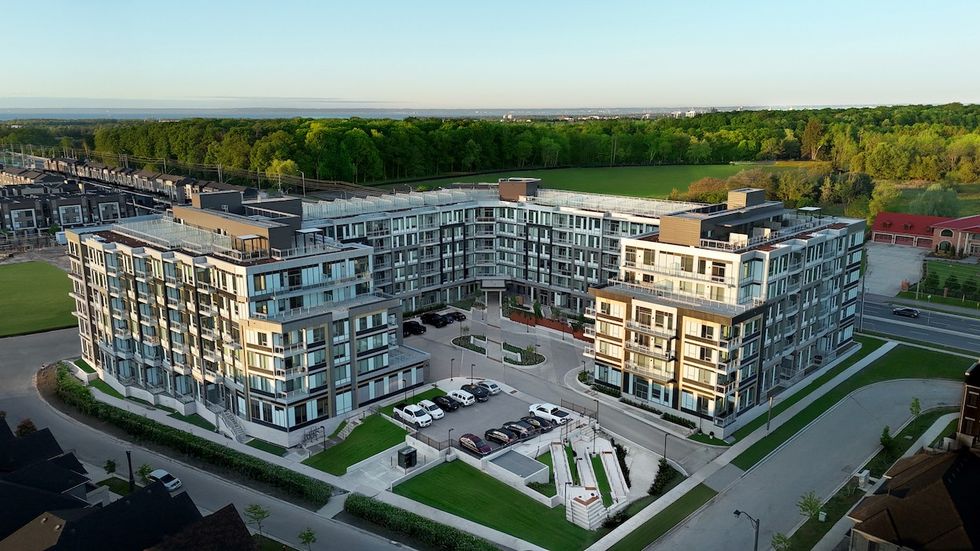Toronto’s real estate industry faced big challenges and, at the same time, made important progress in 2024. As the year ends, it’s a good time to reflect on what worked and what didn’t. There are reasons to be hopeful — new policies were approved, and there has been more focus than ever on housing affordability, better land use planning, and partnerships between the public and private sectors.
Here is a look at the key changes in 2024 that could lead, hopefully, to a better 2025.
Major Streets Policy (EHON) and Mixed-Use Avenues Up-Zoning
This year marked major progress for the proposed Major Streets Policy, aimed at unlocking housing opportunities along Toronto’s properties on arterial roads that are designated Neighbourhoods in the Land Use Map and zoned residential. The initiative seeks to rezone these corridors to allow mid-rise (up to 6 storeys and 60 units), with small-scale retail at grade. The policy was approved earlier this summer and the appeal is still open (as of the time of writing).
Another significant change is the introduction of as-of-right zoning for mid-rise buildings along Avenues that have a different land use designation: Mixed Use (which is different than the above mentioned Major Streets). In those areas, they now allow the height of the building to be equal to the width of the street’s right-of-way. This usually translates to 6 to 11 storeys in height, with an expectation for 12 storeys near high-order transit. These two changes simplify the approval process and help accelerate housing delivery in key urban corridors.
Development of Government-Owned Land
The development of government-owned land has become a key strategy for addressing Toronto’s housing and infrastructure needs. All levels of government are recognizing these lands as vital assets for creating sustainable and inclusive neighbourhoods. The city has adopted phased development models for large sites, allowing for flexibility and input from the private sector. An expansion of programs like HousingNOW added more City-owned sites to its portfolio for mixed-income developments.
In 2024, several HousingNOW sites broke ground, signalling progress in the City’s effort to increase affordable housing options. As these sites move forward, continued collaboration between federal, provincial, and municipal governments will be essential to ensure these developments actually address the growing need for housing in Toronto in 2025.
Provincial Advancements in Public Transit vs. Setbacks for Bike Lanes
The Ontario Line has made significant progress in 2024, marking a major step forward in Toronto’s transit infrastructure. Construction has been moving forward, with key work happening on tunnelling that was announced earlier this week.
Bike infrastructure, on the other hand, became a flashpoint in 2024’s traffic and public realm debates. The City added several much needed new bike lanes, around 75 km of new bike lanes in three years, in fact. These projects sparked intense discussions leading to the recently approved Bill 212 Reducing Gridlock, Saving You Time Act, 2024 that will allow the Province to remove a bike lane that replaced a vehicular lane. Despite the controversy, data from the City showed increased bike ridership and fewer collisions, signalling that the investments in active transportation are paying off. I will definitely keep an eye on how the Province responds to the pressure for more bike-friendly streets in Toronto and hope for a last minutes revisions for the Bill before it gets into effect.
Federal “Post-War”-Inspired Design Catalogue
Set to be released in April 2025, the federal minister is working on a new post-war catalogue that will include fourplex and sixplex designs, which will be permit-ready to streamline the approval process for multi-unit residential buildings. This initiative aims to address the growing demand for affordable housing by providing developers with ready-made, cost-effective designs.
For this to truly succeed, however, the City of Toronto must align its Development Charges exemptions to support these types of buildings. Without this alignment, the added costs of development charges could challenge the feasibility of these projects, making it difficult to realize the full potential of this initiative. Streamlining both the design and approval process at the City level is essential if we want to see these multi-unit homes become a reality and help address Toronto's housing shortage in areas where this level of lower density is the appropriate form of intensification.
Federal Housing Supply Initiatives
The National Housing Fund has helped municipalities across Canada release land for the development of affordable and deeply affordable housing. The Fund encourages cities to work with both developers/builders and non-profit organizations and operators to deliver affordable housing on municipal land. This collaboration has led to more opportunities for building mixed-income communities, with financial support to ensure the housing remains affordable in the long run by taking the land price and acquisition out of the formula.
Much Work Remains for 2025
While 2024 set the stage for significant progress in areas like housing supply, public transit, and infrastructure, much work remains to be done. The key policies introduced this year — ranging from new zoning laws to federal housing initiatives — show promise in addressing the city's housing crisis and improving its transit options. However, for these efforts to truly succeed, alignment and collaboration between all levels of government, along with ongoing support from the private and non-profit sectors, will be essential. If these initiatives can be fully realized, Toronto could be well on its way to get back on the housing race.
